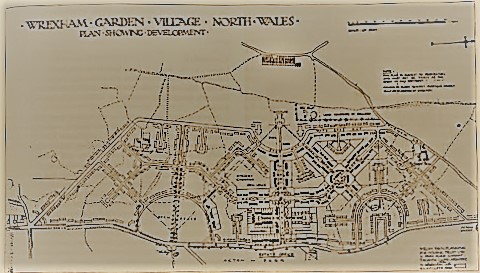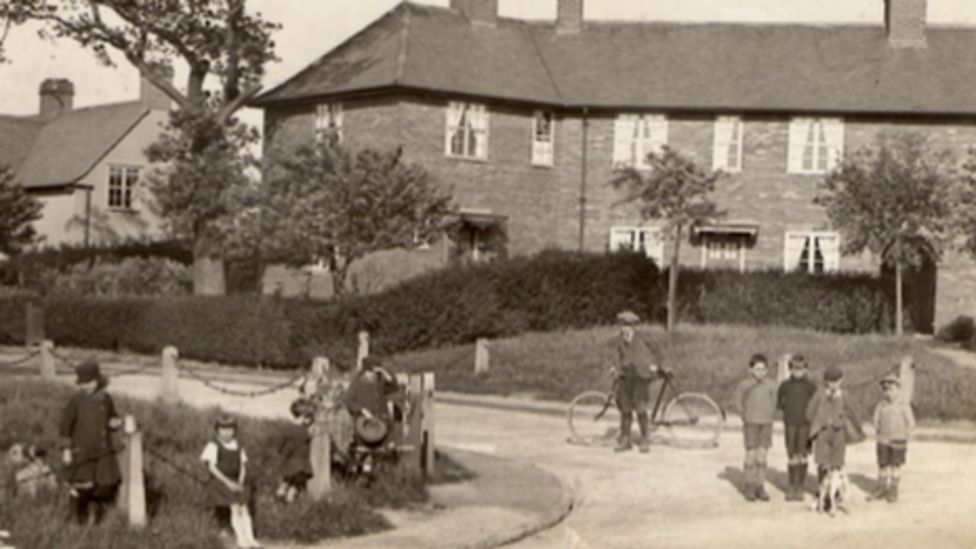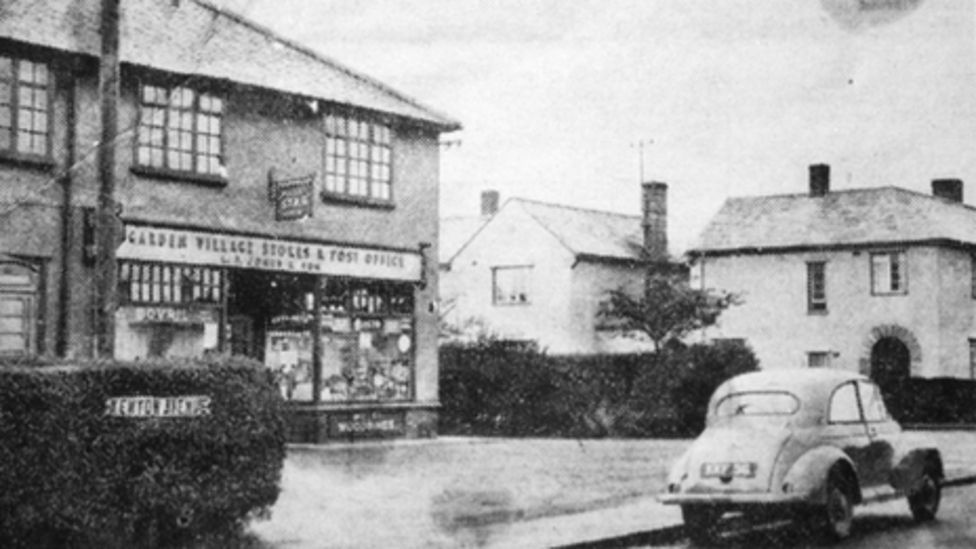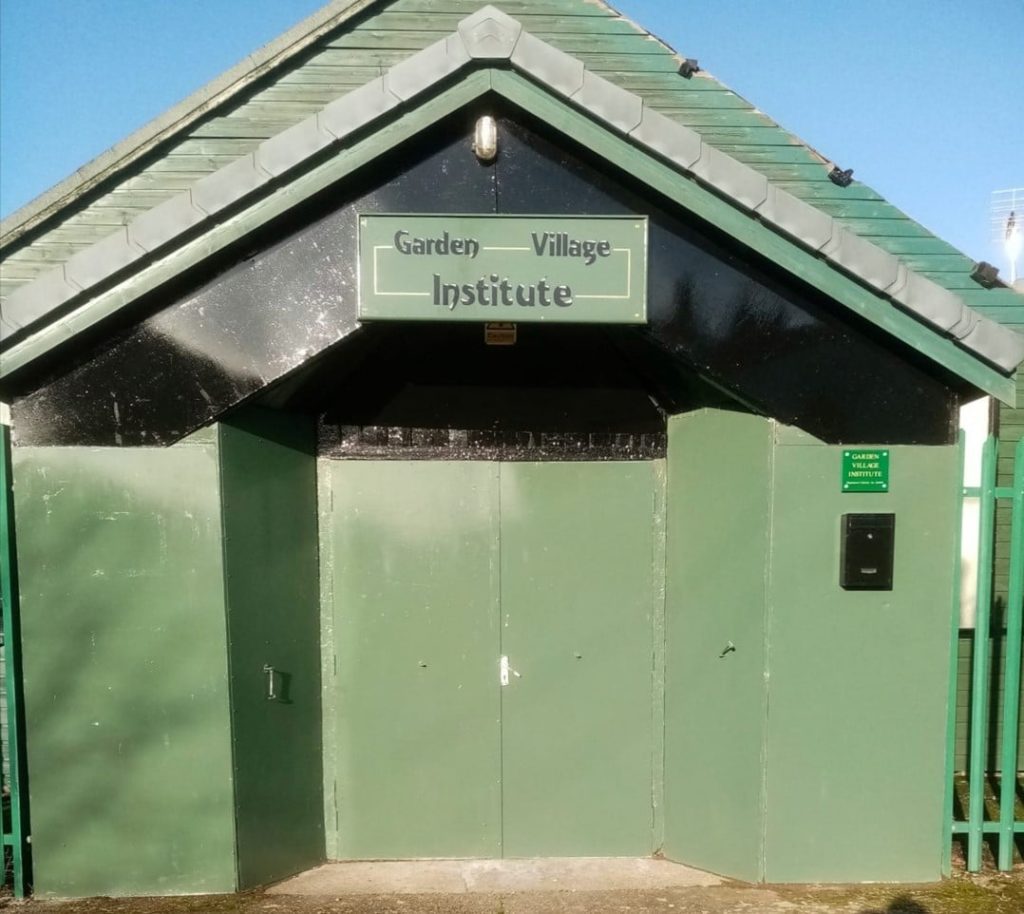In 1913 the Welsh Town Planning and Housing Trust proposed an innovative new housing scheme in Wrexham; the first of its kind in Wales. Taking as their inspiration similar schemes at Port Sunlight on the Wirral and Bournville in Birmingham, the Trust proposed a ‘garden village’ on the north side of Wrexham.
The new village would provide homes of far better quality than the overcrowded slums of much of the town as well as access to fresh air and open space. Many of those for whom the development was intended worked at the recently-opened colliery at nearby Gresford. The idea was to build attractive homes for the colliers and their families and a handful of more substantial houses for the pit managers.
The Trust’s vision was to construct an integrated community with modern homes, gardens, allotments, shops, churches, a school and leisure facilities. The village was to comprise social housing in a leafy setting along Kenyon Avenue, Cunliffe Walk, Ffordd Estyn, Ael y Bryn and Wat’s Dyke Way. Grander houses were to be built along Acton Gate.
The first 240 of a planned 1,000 houses were built between 1913 and 1917. But the scheme then stalled because of the lack of labour and materials as a result of the demands of the First World War. Bit by bit, the remainder of the land purchased by the Trust for social housing was sold off to private developers.
The initial building programme also provided the village with a range of community facilities. Some of these, but by no means all, of these were built in the first phase. A village hall was constructed on Kenyon Avenue and is still in regular use. Shops were built on the edge of the village along Chester Road and playing fields at Wat’s Dyke Way, where a primary school was later added. A tennis club and two churches were also built.
The original vison was never fully realised, but the bare bones of the scheme remain to this day. Indeed, Garden Village is now regarded as a desirable suburb of Wrexham and the original working people’s homes have been sold into private hands and extensively gentrified in recent decades. But Welsh Town Planning and Housing Trust’s plan gives a tantalising insight into a path we could have have taken with social housing in this country but, starved of adequate funding, we ended up instead with the largely low quality, unattractive public housing we now have.
References
Williams, W Alister: The Encyclopaedia of Wrexham (Bridge Books, Wrexham, 2001)
Llyfrgell Genedlaethol Cymru/National Library of Wales: Welsh Town Planning and Housing Trust Records (1890-2003)









Fascinating, thank you. I was only in Bournville yesterday! Still has the rule about having no pubs and they are fussy about what you do to your house, though I think all are privately owned now.
Do one on prefabs and I can share that I’ve lived within a mile of three different sets in my life!
Thanks Liz. When I was a student in London in the last century I had some friends who lived in a prefab in Bethnal Green. They (the prefabs) were known locally as ‘the chalets’.
Oh, cool! I had a friend who lived in one in Hildenborough, in Kent, then I lived near some in Peckham and now I regularly run past the Wake Green Road ones in Moseley, Birmingham!
Not prefabs as such, but I live near a colony of ‘plotlander’ chalets, mainly self-build, on the River Dee. I wrote about them here: http://psychogeographicreview.com/the-chalets-of-farndon/
Really interesting, Bobby. Thanks
Thanks Liz. I think you might find the next two pieces, currently in the works, interesting too.